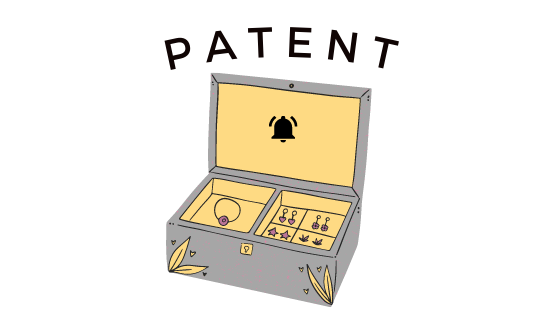If your colleague aided in the conception of the invention, he or she may be a co-inventor and may have a claim to a share of the patent. If one colleague merely identifies a problem and another solves it, however, only the one whose invention solved the problem is usually the inventor, and entitled to the resulting patent.
I created an invention at work. Who owns it?
The general rule is that inventors own the patent rights in their inventions, but often it is the employer that owns inventions made during the course of employment. For example, if an employee was specifically hired to make a particular invention or to solve a particular problem, the employer will own the rights to any resulting patentable inventions as you can read from how to patent something with InventHelp post.

Likewise, many employers require employees to sign, upon hiring, a contract that includes a transfer of all inventions and resulting patent rights to the company. In addition, if an employee uses his or her employer’s resources to create a new invention, the employer will usually have a royalty-free (but nonexclusive and nontransferable) license to make, use, and sell the invention.
If I improve a patented product, can I get my own patent on the improvement?
The answer is often, “Yes,” but be careful. Unless the original patent has expired, the manufacture, use, or sale of your improved invention might infringe the original patent. Remember, a patent gives you the right to prevent others from making, using or selling your invention. Therefore, it is advisable to always consult with professional patent agency, such as InventHelp patent agency.
For example, if your invention is to add an alarm to a patented jewelry box, the owner of the jewelry box patent would have the right to prevent you from making, using or selling your invention, despite the fact that it is new, nonobvious, and useful, and therefore patentable. This is because your invention, a jewelry box protected by an alarm, would include the patented jewelry box.